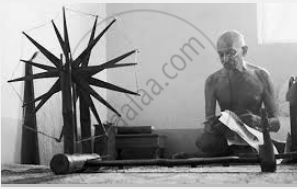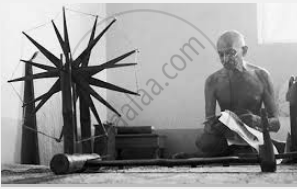Advertisements
Advertisements
प्रश्न
Match the Following:
| A | B |
| 1 Gandhiji | (a) Symbol of swadeshi |
| 2 Charkha | (b) Boycott of British goods |
| 3 Jallianwala Bagh | (c) Salt Satyagraha |
| 4 Dandi March | (d) 13 April 1919 |
| 5 Non-Cooperation Movement | (e) Truth and non-violence |
उत्तर
| A | Answers |
| 1 Gandhiji | (e) Truth and non-violence |
| 2 Charkha | (a) Symbol of swadeshi |
| 3 Jallianwala Bagh | (d) 13 April 1919 |
| 4 Dandi March | (c) Salt Satyagraha |
| 5 Non-Cooperation Movement | (b) Boycott of British goods |
संबंधित प्रश्न
Fill in the blank:
In February 1947, the British government declared that power would be transferred to the Indians by __________.
Choose the correct answer:
The Cripps Mission was sent to India in 1942 when the British empire was under the threat of a___________
Why did Gandhiji lead campaigns in Champaran?
Why did Gandhiji lead campaigns in Kheda?
State whether the following is true or false:
The INA, with the help of the Japanese, liberated Imphal and Kohima in 1944.
Answer the following question briefly
With reference to Gandhiji, discuss his views on the following issues: Hindu-Muslim unity
Answer the following question briefly
With reference to Gandhiji, discuss his views on the following issues: Social justice
This is the picture of an Indian leader who was known as the ‘Father of the Nation’,

Identify the person.
This is the picture of an Indian leader who was known as the ‘Father of the Nation’,

Mention the features of his non-violent struggle against the British.
State whether the following statement is True or False:
The Charkha was a symbol of progress.
